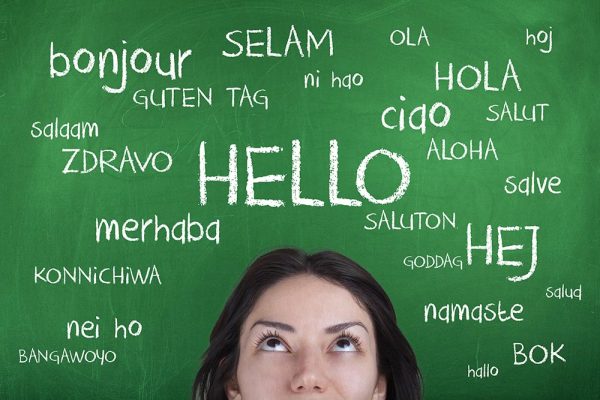When it comes to accessibility, new technologies seem to enter the market almost every other day. Sometimes it can be hard to gauge between those technologies which might be successful, and those which may simply constitute a ‘fad’. Many different technologies have improved the lives of deaf or hard of hearing people over the years from hearing aids, cochlear implants and closed captions. Subtitles have been used for generations on broadcast television and recently on video-on-demand content, but what if they developed further? What if real life subtitles became a reality? How could it happen? When could it happen? And would real life subtitling be something that the deaf or hard of hearing community would even want? Let’s consider it…
Live Subtitling Technology
A few years ago, a new and potentially game-changing device for the deaf and hard-of-hearing was announced and we all stopped in our tracks. It was called Google Glass and it was introduced into the market in 2013. It constituted an optical head-mounted display shaped as a pair of eyeglasses that displayed information in a format similar to a smartphone. Well, the product that was designed to revolutionize the industry never really caught on, but there was much talk about its subtitling potential: using speech recognition software to track and detect speech which would then be converted into subtitled text on the viewer’s lens. A viewer could turn the subtitle interpreter or linguistic software on or off at the touch of a button. Potentially, the display technology could have been used to provide real life subtitles for the deaf and hard of hearing and even translate subtitles for foreign speakers!
Well, skip ahead to three years later… The technology was scrapped and since then, the grapevine on real life subtitles has been bare. For the hearing community, this may seem a bit of a shock… Why? Well, despite the obvious positives on real life subtitling, there are also a fair few negatives. Let’s have a look at them:
Positives for Real Life Subtitles:
- Deaf and hearing impaired people could follow along better with group conversation.
- Using subtitles alongside listening, lip reading could help ease concentration fatigue for hearing impaired listeners.
- Subtitles produced on the spot with very little time lag (as opposed to traditional live captioning).
- Glasses or lenses could be integrated with vision or hearing aids for a more comprehensive accessibility solution.
- Instant hands-free software access could be useful.
- The function of turning on/off and potential to linking to one speaker could be beneficial for group speeches, conferences or shows.
- In terms of subtitle translation, they could be useful when travelling abroad.
Negatives against Real Life Subtitles:
- The wearer could get tired from shifting focus from text to the people talking.
- Voice recognition errors and/or misspellings could lead to confusion or misunderstandings.
- Reading subtitles could detract from eye contact, having a negative impact on social inclusion.
- The subtitles could be a potential visual distraction, causing some major safety issues when out and about!
- The constant over-speaking involved in general life could pose a real issue in creating comprehensive subtitles.
- Having to wear the device all the time could be uncomfortable.
- Battery charge could be an issue.
- Let’s be honest, a lot of speech in general life constitutes a lot of ‘faff’ that hearing listeners actively ignore. Having all that subtitled could potentially be very annoying!
My personal opinion on real life subtitles (as a hearing person working within the subtitling industry) is that any technological development that has the power to enhance a person’s life is worth looking into. With a 4 year old son who has bilateral hearing loss and is currently learning sign language, I can envision that with significant improvements in software, real life subtitles could potentially be useful in some specific situations – shows, conferences, etc. Their use in general day-to-day life, however, would be a whole different story!
If you would like to have your say on the matter let us know below in the comments, or if you would like more information on our current service offerings for Subtitles or closed captioning services, feel free to look around. If you still require more information, contact us.











Comments are closed.